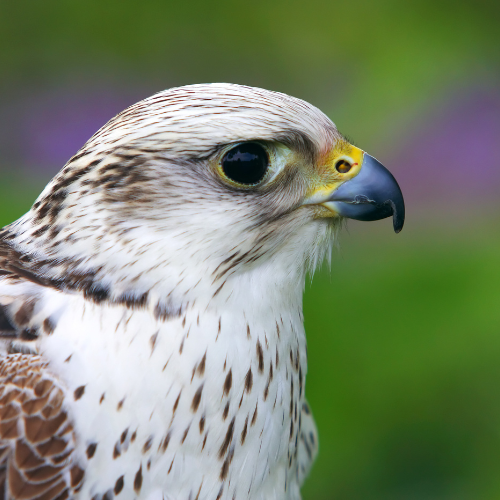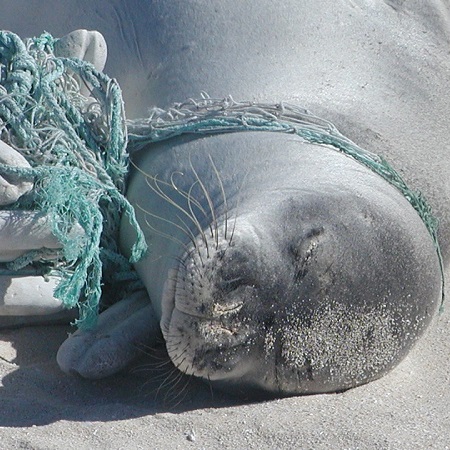HIGHLIGHTS
AGENDA & TOPICS
Some of the main topics which the delegates will be tackling:
Provisional Agenda & Documents
-

Proposals to amend the Convention’s Appendices
It is expected that Parties will put forward a number of proposals to add species to the Appendices of the Convention.
-

New Strategic Plan for Migratory Species
The SPMS is a guiding framework for all the work delivered by the Convention supporting the conservation of migratory species. The new SPMS is in line with the strategic directions included in the work programme adopted at COP13, as well as longer-term resolutions, including on climate change, renewable energy, infrastructure, ecological connectivity, and conservation measures for CMS species.
-

Atlas of Animal Migration
The need for mapping animal migration has become all the more relevant. Identifying important sites for migratory species and understanding migration patterns will directly contribute to the achievement of the objectives of the Convention, as well as to other global policy priorities including the Kunming-Montreal Global Biodiversity Framework.
-

Species Actions Plans
Tailor-made action plans are being drafted for the Humback Dolphin, the Hawksbill Turtle, the Angelshark, the African Elephant, the Saker Falcon, the Christmass Island Frigatebird and the Great Bustard in Asia – all of which have seen alarming declines in recent years.
-

The State of the World's Migratory Species
The first-ever State of World's Migratory Species report is expected to be presented and endorsed by COP14.
-

Marine Debris
Along with bycatch and ship strikes, this is one of the major threats to marine fauna, with animals becoming entangled in discarded fishing gear and ingesting plastics.
-

Marine Noise
Guidance will be presented on appropriate environmental impact assessment of activities generating noise in the marine environment.
-

Swimming with Cetaceans
Cetaceans are fascinating and understandably people want to find out more about them, but while humans want to see cetaceans up close, we must be sure that the feeling is mutual and that swim-with-cetacean programmes are not unwillingly doing more harm than good. New global guidelines for recreational in-water interactions with marine wildlife are set to be presented and endorsed by COP 14.
-
Global Guidelines on Light Pollution
Light pollution is increasing globally and each year, it contributes to the death of millions of birds. Internationally agreed guidelines on light pollution covering marine turtles, seabirds and migratory shorebirds already exist and have been endorsed by COP 13. New international guidelines focusing on migratory land birds and bats are currently being developed under CMS and will be presented for adoption at COP 14.
-

Wildlife Disease
-

Insect Decline
Insect biodiversity plays a vital role in the proper functioning of many of the world's ecosystems and their services. Insect decline can have a significant impact on a range of migratory insectivorous species, especially bird and bat species. An important report will be presented at COP 14 for consideration and further action.
-

Climate Change
-

Renewable Energy
Generating clean and reliable energy is absolutely essential to sustainable development but there are risks to migratory species too – from the cables that transmit the energy and wind turbines if installations are not appropriately located.





